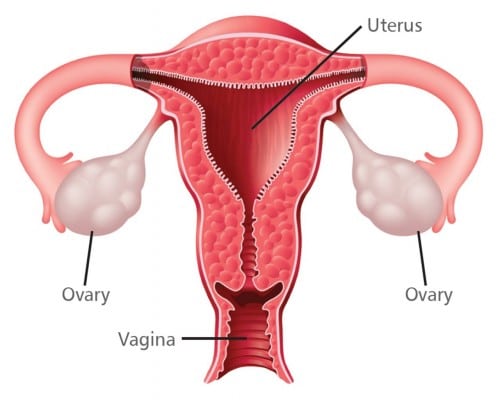Gynecological cancers are considered silent killers because their symptoms rarely show up until the cancer has reached an advanced stage. A simple test, otherwise known as a pap smear, has the ability to detect cervical cancer early on, giving women a better chance of survival. Even precancerous cells – cells that have changed and may become cancerous cells – can be detected. In these cases, the warning is early enough that doctors may even be able to prevent cancer altogether through minimally invasive procedures and increased monitoring for a short time.
Unfortunately, no such monitoring or testing procedure exists for the other two types of gynecological cancers – endometrial (uterine) cancer and ovarian cancer. Between the two, the lives of more than 24,000 U.S. women are lost each and every year. Ovarian cancer has the highest morbidity rate of the two, with more than 22,000 women being diagnosed each year and more than 15,000 of them dying. However, the rates for endometrial cancer are also high; about 47,000 women are diagnosed each year and approximately 8,000 of them die. These high morbidity rates have left doctors frustrated and scrambling for a test that would help detect these cancers sooner.
The problem with detecting ovarian and endometrial cancers sooner (other than the lack of or minor symptoms) is that, even though ovarian and uterine cells slough off into the cervix, the cancerous cells from these areas are too rare to recognize under a microscope. But a recent study conducted by researchers from Johns Hopkins University believes they may have found a way to detect these cells through a different type of testing – a sophisticated DNA test that can recognize genetic mutations.
“If this screening test could identify ovarian cancer at an early stage, there would be a profound impact on patient outcomes and mortality,” Shannon Westin of the University of Texas MD Anderson Cancer Center, who reviewed the Hopkins study, told Yahoo News.
What’s interesting about this new testing development is that the new technology uses an old test – the pap smear, which women already receive annually to test for HPV (considered to put women at a higher risk for cancer) and cervical cancer. This means that, other than the possible discomfort that some women face, no other testing will be needed.
Even better is the fact that the initial pilot test showed impressive detection rates. Forty-six women with ovarian or uterine cancer were tested; the tests found all of the endometrial cancers and 41 percent of the ovarian cancers, the team said in the report, which appeared in Wednesday’s edition of Science Translational Medicine. And amazingly enough, no false positives were found during the study.
“This is very encouraging, and it shows great potential,” American Cancer Society genetics expert, Michael Miller, told Yahoo News.
But at the present moment, potential is all the research really has. Because it is still considered early-stage research, it will take years of testing to prove that the “PapGene” technique will work as a screening tool in the real-life gynecological world. The test must prove that it can be accurate while testing women that believe they are healthy, not just in women that cancer has already been detected.
“Now the hard work begins,” Hopkins oncologist Dr. Luis Diaz said.
And that is exactly what they are doing now – they have already collected hundreds of additional pap samples for more study. Simultaneously, they are exploring ways in which the ovarian cancer detection rate could be improved. They’ve already theorized that inserting the brush further up into the cervix may help, but only time will really tell which option works best.
But ultimately, if everything pans out, the new technology could save thousands of lives each and every year. And unless an abnormality was found, we women would never even know the difference; we’d just be going in for our routine annual exam.
Related Articles:
- Baby Born Healthy After Risky In-Utero Procedure
- Research Team Explores the Frequency of Breastfeeding Folklore Tips Shared by Lactation Consultants
- Medical Review over Blood Pressure Tests for Kids Sparks Debate







